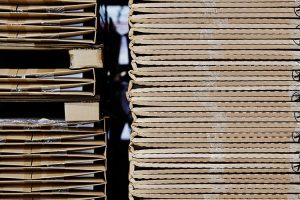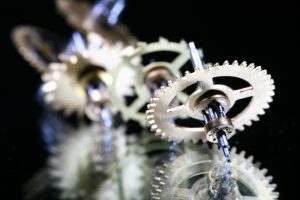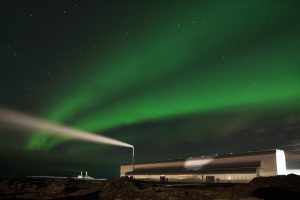We have gathered a list of inspiring companies that made the circular economy into reality.
 Vigga – Maternity and baby clothes on subscription
Vigga – Maternity and baby clothes on subscription
Danish maternity and baby clothing company Vigga offers access to their clothes through a rental system. This business model is less wasteful in terms of resources as multiple customers reuse these otherwise short-lived items of clothing. Customers also benefit, since they do not have the up-front cost of investing in clothing they only use a short while. Instead, they pay a subscription fee that totals as less than buying the clothes new from a high-street fast-fashion brand. To implement their solution, Vigga had to work with suppliers to ensure access to high-grade, long-lasting as well as organic materials with a time-less look. Vigga is currently growing, offering increased flexibility in rentals, expanding its product range and its rental platform.
Read more Vigga – Maternity and baby clothes on subscription.
 IKEA – Improved recyclability of packaging
IKEA – Improved recyclability of packaging
IKEA, the iconic furniture company from Swedish origins, has replaced much of its EPS foam (expanded polystyrene) packaging filler with a recyclable material. EPS cannot be recycled on an industrial scale and has to be landfilled. To reduce its contribution to landfills worldwide, the company worked internally and with suppliers to develop a new recyclable filler material. The new material had to be as cheap, impact-resistant and easy to use as EPS foam. Through adapting an existing material used for other products such as doors and other board-based products, the company developed a fibre-based material that uses a honeycomb construction. This allowed IKEA to reduce its use of EPS by 8000 tons per year.
Read more IKEA – Improved recyclability of packaging.
 Norsk Ombruk – Repair for longer appliance life
Norsk Ombruk – Repair for longer appliance life
Norsk Ombruk extends the productive life of household electrical goods, such as freezers, fridges, stoves and washing machines. Such devices can reach their end-of-life, due to faults that require only relatively minor repairs. The company collects such devices, selecting those that are relatively new and energy-efficient. Effective logistics, a modern repair facility with skilled staff and established test- and repair procedures allows Norsk Ombruk to offer a reliable and competitive alternative to similar offerings from the informal sector. Taking into account the strategic alliances with the WEEE take back systems (ERP Norway), retrieval agreements with selected retailers and municipalities as well as networks of second hand shops, it should come as no surprise that Norsk Ombruk is growing fast. Read more Norsk Ombruk – Repair for longer appliance life.
Valmet OptiConcept M – A future-proof machine
Finnish pulp, board and paper equipment manufacturer Valmet has designed its OptiConcept machines by combining standardization with modular tailoring. This way, the utilization of the machine can be improved as it now has increased flexibility to handle grade changes. This has also made it easier to dissemble and reassemble the machine in another location, as well as to upgrade the machine. Moreover, a maintenance-friendly design that allows for the replacement of individual parts maximizes uptime and minimizes downtime. With reasonable investments, the machines can also be converted for another type of production. All-in-all, with OptiConcept M, Valmet has provided its customers with piece of mind that their equipment will continue to deliver value.
Read more Valmet OptiConcept M – A future-proof machine.
 HS Orka – Not your average power plants
HS Orka – Not your average power plants
The Icelandic HS Orka operates two geothermal power plants that do much more than generate electricity. They also produce potable hot and cold water, steam, CO2 and brine. Other businesses co-located with the power plants in the ‘Resource Park’ use these co- and by-products. A spa and skin care clinic uses the geothermal fluid for a prime tourist attraction and to produce skin care and health products. Two more companies use the steam to process fishery by-products into dried fish products and high-value fish oil. Another company produces methanol using the waste CO2. In addition to this, a biotechnology company heats its greenhouses with the heat provided by the power plants to make growth factors for medical research and skin care products. In this park, everything is used to the benefit of all.
Read more HS Orka – Not your average power plants.
